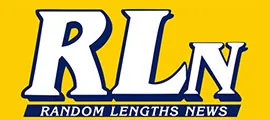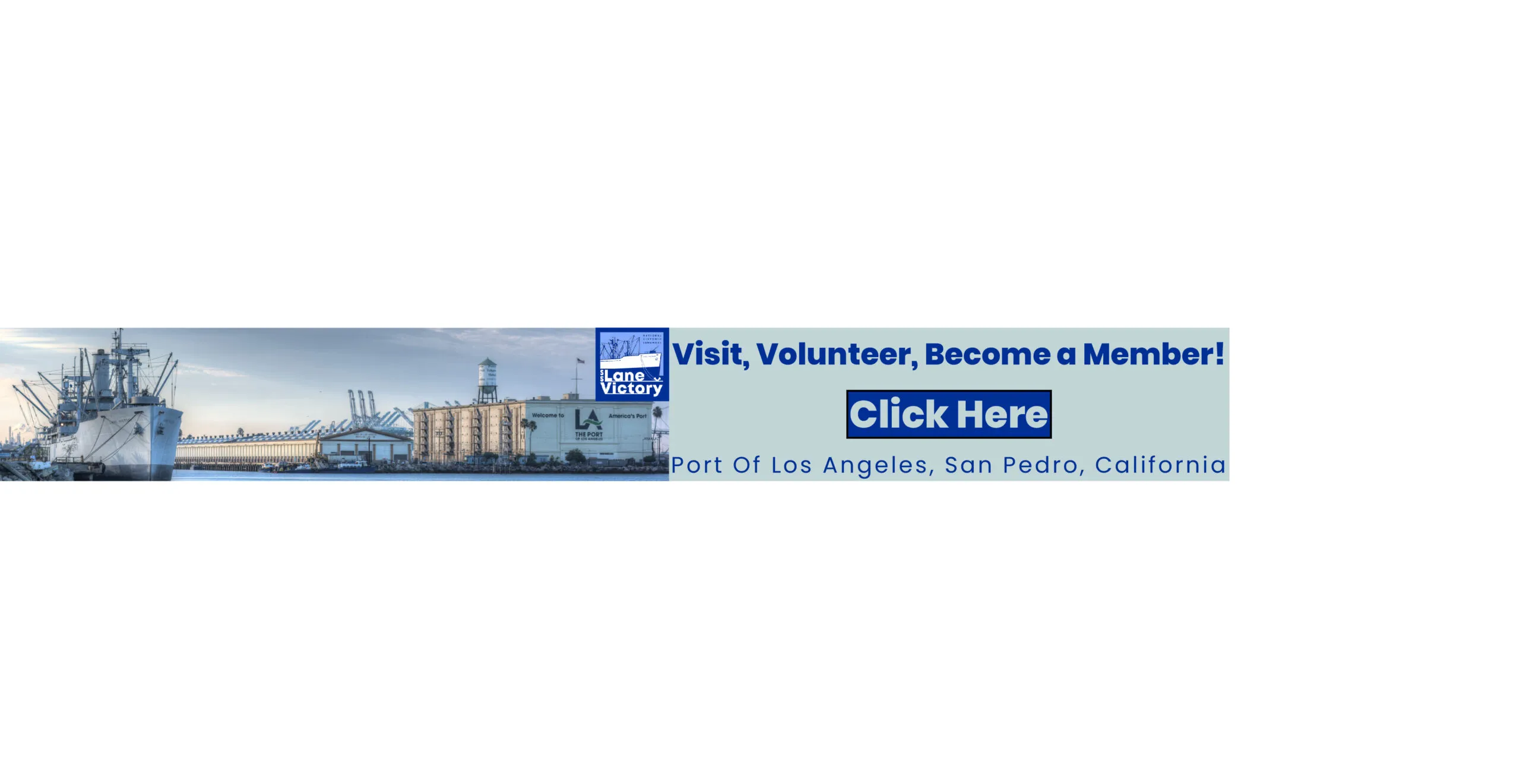The four species of penguins on the Heard and McDonald Islands are unbothered by humans—there are none on the remote Antarctic Islands claimed as Australian territory. But on April 2 Donald Trump placed a 10% tariff on them, along with a slew of other territories and countries he falsely accused of imposing 10% tariffs on American goods.
Other countries were falsely accused of imposing much higher tariffs: Laos: 95%, Vietnam: 90%, Bangladesh: 74%, China: 67%, Taiwan: 64%, and so on. Those falsely accused of imposing 10% tariffs were slapped with a so-called “reciprocal tariff” of 10%, while those falsely accused of higher tariffs were slapped with tariffs half the size of the imaginary tariffs made up by Trump’s team.
Slapping tariffs on penguins might seem funny, but the price of all this nonsense is steep — roughly $7000 per family according to economist Dean Baker, co-founder of the Center for Economic and Policy Research.
Ahead of Trump’s announcement, White House aide Peter Navarro said he expects the tariffs to bring in $6 trillion in revenue in the next decade, which would be, by far, the largest tax hike in US history.
“Even when adjusting for inflation, that amount would be triple the tax increase put in place in 1942 to pay the cost of fighting World War II,” CNN reported. What’s more, Baker noted, “This tax hike will primarily hit moderate and middle-income families. Trump’s taxes go easy on the rich, who spend a smaller share of their income on imported goods.”
It took a little while for folks to figure out what was going, and financial journalist James Surowiecki was the first to figure things out, as he noted on Twitter:
Just figured out where these fake tariff rates come from. They didn’t actually calculate tariff rates + non-tariff barriers, as they say they did. Instead, for every country, they just took our trade deficit with that country and divided it by the country’s exports to us.
So the underlying assumption is that any trade imbalance is due to “cheating” that tough-guy Trump will put an end to. Which is obvious nonsense. Consider Canada: we run a trade surplus with Canada, except for oil imports. So by the Trump team’s methodology, all of Canada’s “cheating” is due to selling us oil — which Trump actively encouraged in his first term.
“Almost everything Mr Trump said this week—on history, economics and the technicalities of trade—was utterly deluded,” The Economist summarized. “His reading of history is upside down. He has long glorified the high-tariff, low-income-tax era of the late-19th century. In fact, the best scholarship shows that tariffs impeded the economy back then. He has now added the bizarre claim that lifting tariffs caused the Depression of the 1930s and that the Smoot-Hawley tariffs were too late to rescue the situation. The reality is that tariffs made the Depression much worse, just as they will harm all economies today.”
But all this economic nonsense makes makes sense if the bottom line isn’t actually about economics at all, as Senator Chris Murphy explained on Bluesky:
Those trying to understand the tariffs as economic policy are dangerously naive.
No, the tariffs are a tool to collapse our democracy. A means to compel loyalty from every business that will need to petition Trump for relief …
You see, our founders created a President with limited and checked powers. They specifically put the power of spending and taxation in the hands of the legislature.
Why? Because they watched how kings and despots used spending and taxes to control their subjects.
British kings used taxation to reward loyalty and punish dissent.
Our own revolution was spurred by the King’s use of heavy taxation of the colonies to punish our push for self governance.
The King’s message was simple: stop protesting and I’ll stop taxing.
Trump knows that he can weaken (and maybe destroy) democracy by using spending and taxation in the same way.
He is using access to government funds to bully universities, law firms and state and local governments into loyalty pledges.
While universities, the legal profession and other levels of government all have a role in preserving democracy and limiting abusive presidential power, business independence plays a role as well:
The tariffs are Trump’s tool to erode that independence. Now, one by one, every industry or company will need to pledge loyalty to Trump in order to get sanctions relief.
What could Trump demand as part of a quiet loyalty pledge?
Public shows of support from executives for all his economic policies. Contributions to his political efforts. Promises to police employees’ support for his political opposition.
The tariffs are DESIGNED to create economic hardship. Why? So that Trump has a straight face rationale for releasing them, business by business or industry by industry.
As he adjusts or grants relief, it’s a win-win: the economy improves and dissent disappears.
And once Trump has the lawyers, colleges and industry under his thumb, it becomes very hard for the opposition to have any viable space to maneuver.
This isn’t just speculation on Murphy’s part, he goes on to say:
Trump didn’t invent this strategy. It’s the playbook for democratically elected leaders who want to stay in power forever.
The tariffs aren’t economic policy. They are political weapons.
But as long as we see this clearly, we can stop him. Public mobilization is working. Today, a few Republicans joined Democrats to vote against one set of tariffs.
The people still have the power.
The tariffs were announced after US markets had closed, but futures markets immediately dropped. When they opened, the Dow Jones average had dropped more than 1,200 points, the S&P 500 lost more than 3% and the NASDAQ lost more than 4%. Economic chaos and confusion will likely be front of mind in the immediate future. But the coercion involved, the threat to democracy Murphy highlights, will inevitably become clearer over time. With Trump, there’s always buyer’s remorse. And it’s only just begun.



